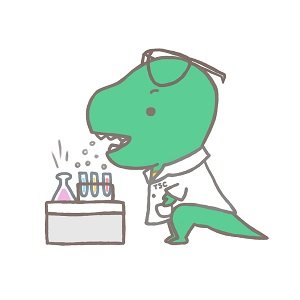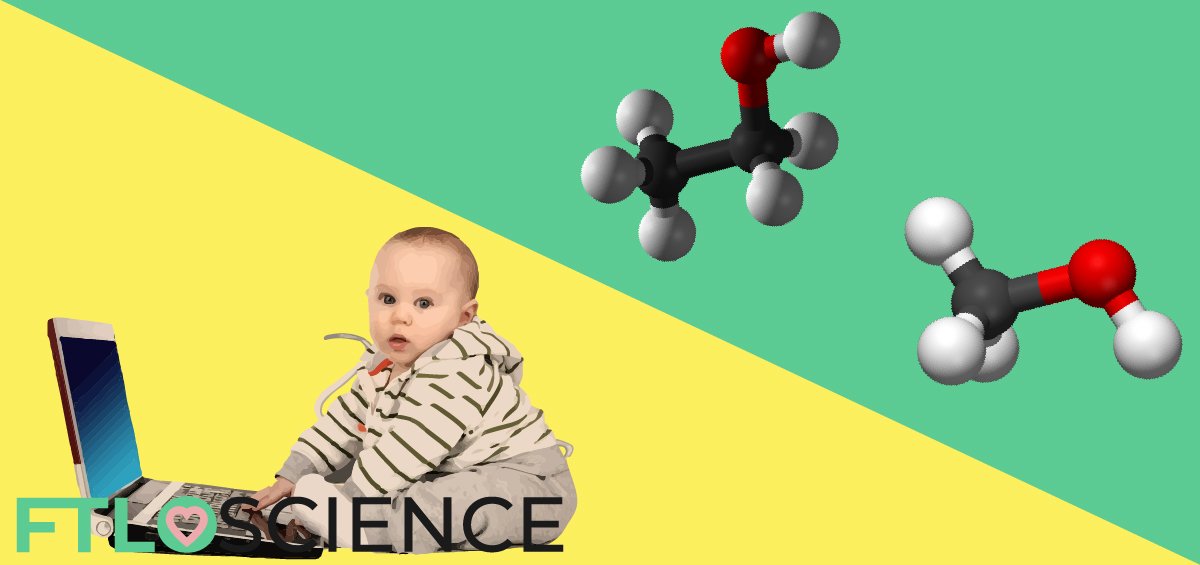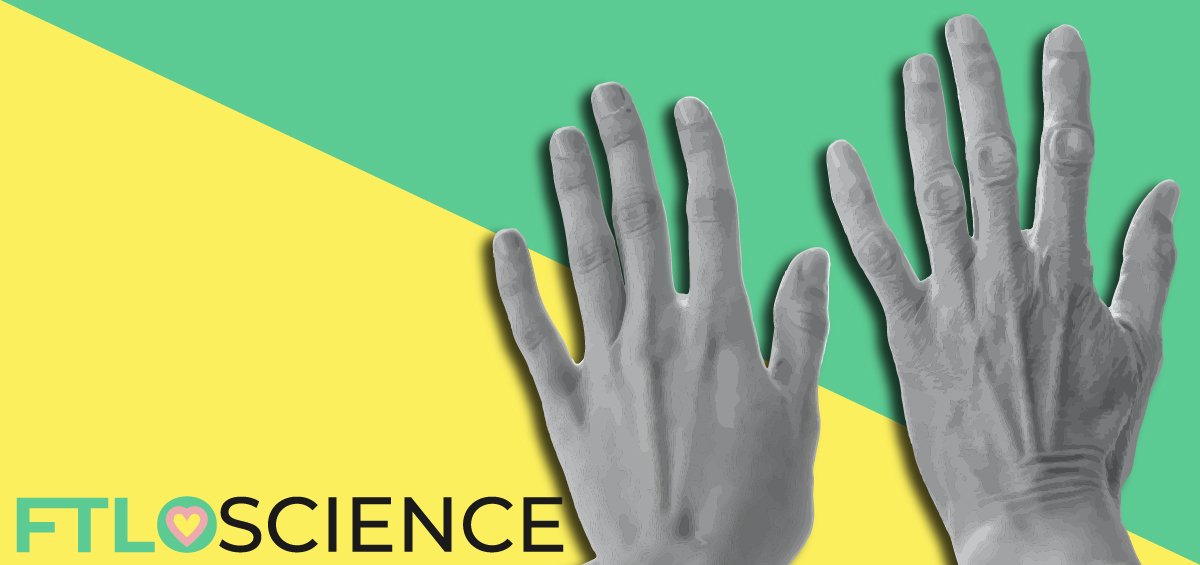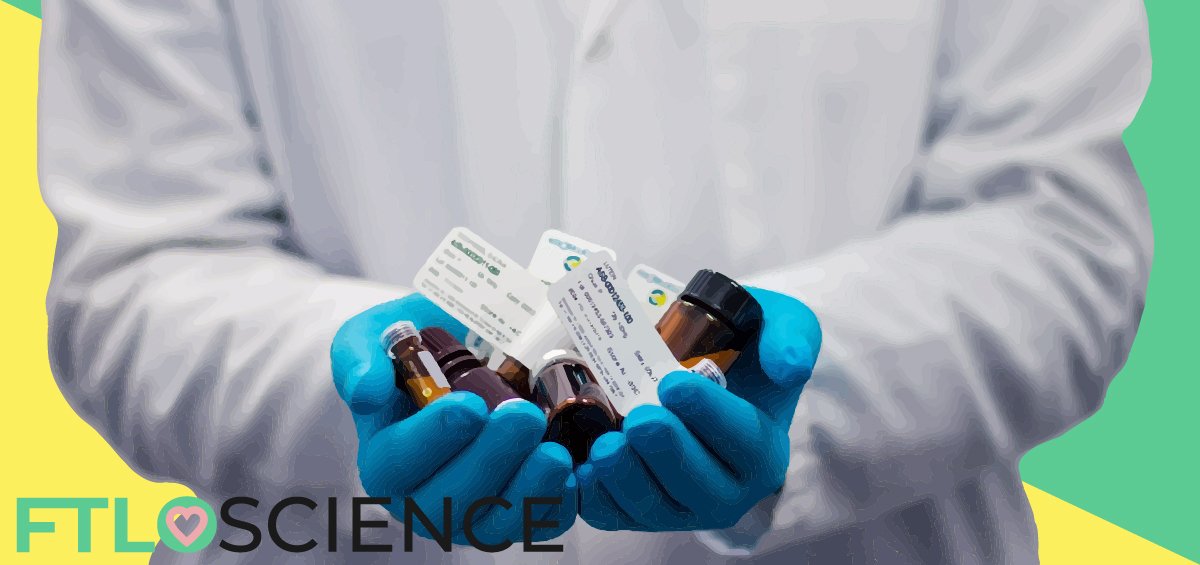Science books for babies may have stemmed from the geeky crowd bent on buying science-themed gifts for their kid (or their friend’s children), but it has the potential to truly impact learning. Categorization skills, for example, are developed in infancy, which remains important throughout life. Nurturing them with the right tools could children grasp difficult concepts in science later in life.
Chemistry Education Today
Thumb through introductory chemistry textbooks and you will find a diagram similar to the one below, showing the classification of matter.

We teach students that matter can be divided into pure substances or mixtures. Pure substances can be further classified into atoms made up of a single element or molecules that contain multiple atoms, sometimes of different elements. Molecules can be classified by their bonding: ionic like sodium chloride (NaCl), or covalent like carbon dioxide (CO2), depending on the electronegativity values of individual atoms. Mixtures can be homogenous like a solution of salt water (NaCl(aq)) or heterogenous like suspensions of insoluble substances that will eventually settle into layers.
Categorization in Chemistry
We start teaching the concepts by breaking them down based on their differences. Within this table, there are some similarities that are not shown. For example, both elements and compounds can be molecules. A diatomic element contains a covalent bond just like a covalent compound does. We are utilizing skills that students develop very early on in their childhood: sorting and classifying. Instead of sorting blocks by color or objects by shape, students are sorting matter by the number and types of atoms contained within the substance. Matter can be described at three levels, the macroscopic, submicroscopic and symbolic, commonly discussed in chemistry education circles as Johnstone’s triangle2.

We experience matter at the macroscopic level. We can see it with the naked eye, and this is where we can observe chemical changes like color changes or bubbles and bulk physical changes like a phase change from a liquid to a solid. Look, another sorting task: chemical or physical changes!
The symbolic level is a realm that we as chemists love to work in because it is easier to communicate with. We use chemical equations to represent reactions and symbols to abbreviate elements etc. In academia, we are the kings and queens of acronyms in grant project titles. Another use of symbolic representations.
Then we have the submicroscopic level, upon which much of chemistry is based. It is the level we cannot see with a microscope and is thus named submicroscopic. The submicroscopic level is used to describe the bulk properties that we see at the macroscopic level, what is occurring between atoms and molecules that cause them to behave in certain ways. This level also includes the subatomic level in which we discuss electrons, protons, and neutrons, which are the basis for periodic trends and why atoms exhibit these trends.
We often use the submicroscopic level to help classify a substance as a solid, liquid or gas, along with the macroscopic level as best we can since gases are invisible for the most part. The common description is of molecules vibrating in place in solids while being spread apart and moving very fast in a gas.
We ask students to sort submicroscopic drawings into categories of phases. We ask students to visually determine the moment a substance has turned from a solid into a liquid to determine its melting point, and this, in turn, requires being able to sort a substance into a solid or a liquid.
Next Generation Science Standards (NGSS)
In recent years, the Next Generation Science Standards (NGSS)(2013)* have moved the focus for many Grade 3-5 and Middle School classrooms down to the molecular level and place even greater emphasis on sorting and classification skills. Below are some of the standards for teaching physical science:
- MS-PS1-4: Develop a model that predicts and describes changes in particle motion, temperature, and state of a pure substance when thermal energy is added or removed.
- MS-PS1-2: Analyze and interpret data on the properties of substances before and after the substances interact to determine if a chemical reaction has occurred.
- MS-PS1-1: Develop models to describe the atomic composition of simple molecules and extended structures.
- 5-PS1-4: Conduct an investigation to determine whether the mixing of two or more substances results in new substances.
- 5-PS1-3: Make observations and measurements to identify materials based on their properties.
- 5-PS1-1: Develop a model to describe that matter is made of particles too small to be seen.
- 5-PS1-2: Measure and graph quantities to provide evidence that regardless of the type of change that occurs when heating, cooling, or mixing substances, the total weight of matter is conserved.
As can be seen, these standards involve classification in some form or another.
Nurturing Classification Skills
Children have the natural tendency to classify and categorize things without our intervention, honing those skills with our assistance. As Tracy Trautner suggests, infants can classify the adults in their lives as familiar and unfamiliar all on their own3. As they develop, this extends to numbers, sizes, shapes and colors. These tools help them sort objects based on more complex categories.
A Chemistry Book for Toddlers
Science for babies is a genre of children’s literature that may have stemmed from the geeky crowd that buys science-themed gifts for their offspring, but it has the potential to truly impact learning. For example, Let’s Learn About Chemistry: A Chemistry Book for Toddlers uses fun, colorful, and engaging images of everyday objects to help foster classification skills while subtly sprinkling in chemistry content. Children interact with the book to find similarities and differences in the objects and the images were specifically chosen to have multiple things that could be similar.


The beauty of the book is that it allows for different patterns to be found and thus different categorizations to be made. Depending on the child’s age, they can begin to learn and use scientific vocabulary, but that is less important at this stage. It is the skills of categorizing that are being built, with a side bonus of some chemistry content being learned.
This post was written by Stephanie Ryan; view her profile here.
Reference
- NGSS Lead States. (2013). Next Generation Science Standards: For states, by states. Washington, D.C: The National Academies Press.
- Johnstone, A.H. (1991) “Why is science difficult to learn? Things are seldom what they seem” Journal of computer assisted learning 7(2), pp.75-83.
- Trautner, T. (2019) ?Sorting and classifying with infants and toddlers.? Retrieved from https://www.canr.msu.edu/news/sorting-and-classifying-with-infants-and-toddlers.
*NGSS is a registered trademark of Achieve. Neither Achieve nor the lead states and partners that developed the Next Generation Science Standards were involved in the production of this product, and do not endorse it.
About the Author

This article was written by a contributor. For a full list of guest writers, click here.




